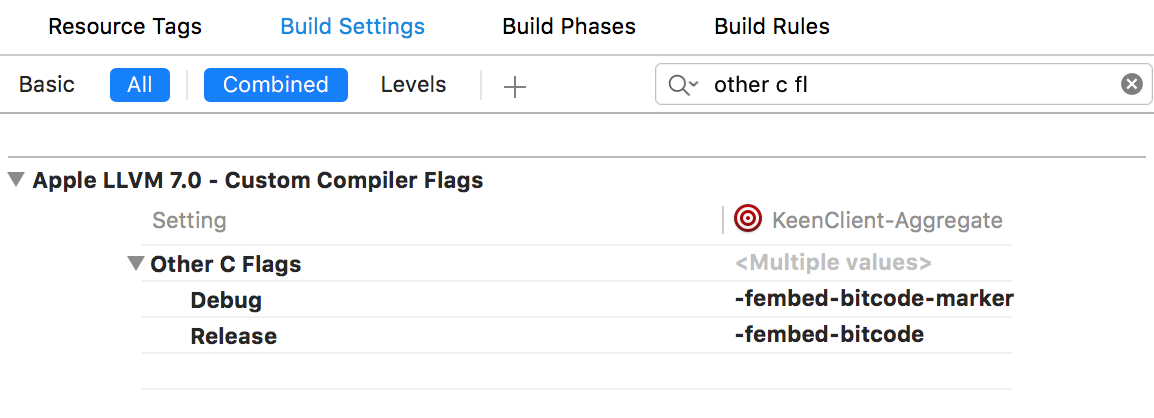Method swizzling is the process of changing the implementation of an existing selector. It’s a technique made possible by the fact that method invocations in Objective-C can be changed at runtime, by changing how selectors are mapped to underlying functions in a class’s dispatch table.
For example, let’s say we wanted to track how many times each view controller is presented to a user in an iOS app:
Each view controller could add tracking code to its own implementation of
viewDidAppear:, but that would make for a ton of duplicated boilerplate code. Subclassing would be another possibility, but it would require subclassing UIViewController, UITableViewController, UINavigationController, and every other view controller class—an approach that would also suffer from code duplication.
Fortunately, there is another way: method swizzling from a category. Here’s how to do it:
#import <objc/runtime.h>
@implementation UIViewController (Tracking)
+ (void)load {
static dispatch_once_t onceToken;
dispatch_once(&onceToken, ^{
Class class = [self class];
SEL originalSelector = @selector(viewWillAppear:);
SEL swizzledSelector = @selector(xxx_viewWillAppear:);
Method originalMethod = class_getInstanceMethod(class, originalSelector);
Method swizzledMethod = class_getInstanceMethod(class, swizzledSelector);
// When swizzling a class method, use the following:
// Class class = object_getClass((id)self);
// ...
// Method originalMethod = class_getClassMethod(class, originalSelector);
// Method swizzledMethod = class_getClassMethod(class, swizzledSelector);
BOOL didAddMethod =
class_addMethod(class,
originalSelector,
method_getImplementation(swizzledMethod),
method_getTypeEncoding(swizzledMethod));
if (didAddMethod) {
class_replaceMethod(class,
swizzledSelector,
method_getImplementation(originalMethod),
method_getTypeEncoding(originalMethod));
} else {
method_exchangeImplementations(originalMethod, swizzledMethod);
}
});
}
#pragma mark - Method Swizzling
- (void)xxx_viewWillAppear:(BOOL)animated {
[self xxx_viewWillAppear:animated];
NSLog(@"viewWillAppear: %@", self);
}
@end
In computer science, pointer swizzling is the conversion of references based on name or position to direct pointer references. While the origins of Objective-C’s usage of the term are not entirely known, it’s understandable why it was co-opted, since method swizzling involves changing the reference of a function pointer by its selector.
Now, when any instance of
UIViewController, or one of its subclasses invokes viewWillAppear:, a log statement will print out.
Injecting behavior into the view controller lifecycle, responder events, view drawing, or the Foundation networking stack are all good examples of how method swizzling can be used to great effect. There are a number of other occasions when swizzling would be an appropriate technique, and they become increasingly apparent the more seasoned an Objective-C developer becomes.
Regardless of why or where one chooses to use swizzling, the how remains absolute:
+load vs. +initialize
Swizzling should always be done in
+load.
There are two methods that are automatically invoked by the Objective-C runtime for each class.
+load is sent when the class is initially loaded, while +initialize is called just before the application calls its first method on that class or an instance of that class. Both are optional, and are executed only if the method is implemented.
Because method swizzling affects global state, it is important to minimize the possibility of race conditions.
+load is guaranteed to be loaded during class initialization, which provides a modicum of consistency for changing system-wide behavior. By contrast, +initialize provides no such guarantee of when it will be executed—in fact, it may never be called, if that class is never messaged directly by the app.dispatch_once
Swizzling should always be done in a
dispatch_once.
Again, because swizzling changes global state, we need to take every precaution available to us in the runtime. Atomicity is one such precaution, as is a guarantee that code will be executed exactly once, even across different threads. Grand Central Dispatch’s
dispatch_once provides both of these desirable behaviors, and should be considered as much a standard practice for swizzling as they are for initializing singletons.Selectors, Methods, & Implementations
In Objective-C, selectors, methods, and implementations refer to particular aspects of the runtime, although in normal conversation, these terms are often used interchangeably to generally refer to the process of message sending.
Here is how each is described in Apple’s Objective-C Runtime Reference:
- Selector (
typedef struct objc_selector *SEL): Selectors are used to represent the name of a method at runtime. A method selector is a C string that has been registered (or “mapped”) with the Objective-C runtime. Selectors generated by the compiler are automatically mapped by the runtime when the class is loaded .- Method (
typedef struct objc_method *Method): An opaque type that represents a method in a class definition.- Implementation (
typedef id (*IMP)(id, SEL, ...)): This data type is a pointer to the start of the function that implements the method. This function uses standard C calling conventions as implemented for the current CPU architecture. The first argument is a pointer to self (that is, the memory for the particular instance of this class, or, for a class method, a pointer to the metaclass). The second argument is the method selector. The method arguments follow.
The best way to understand the relationship between these concepts is as follows: a class (
Class) maintains a dispatch table to resolve messages sent at runtime; each entry in the table is a method (Method), which keys a particular name, the selector (SEL), to an implementation (IMP), which is a pointer to an underlying C function.
To swizzle a method is to change a class’s dispatch table in order to resolve messages from an existing selector to a different implementation, while aliasing the original method implementation to a new selector.
Invoking _cmd
It may appear that the following code will result in an infinite loop:
- (void)xxx_viewWillAppear:(BOOL)animated {
[self xxx_viewWillAppear:animated];
NSLog(@"viewWillAppear: %@", NSStringFromClass([self class]));
}
Surprisingly, it won’t. In the process of swizzling,
xxx_viewWillAppear: has been reassigned to the original implementation of UIViewController -viewWillAppear:. It’s good programmer instinct for calling a method on self in its own implementation to raise a red flag, but in this case, it makes sense if we remember what’s really going on. However, if we were to call viewWillAppear: in this method, it would cause an infinite loop, since the implementation of this method will be swizzled to the viewWillAppear: selector at runtime.


